Minuteman Adventures
You want to respond “yes”, but you can’t bring yourself to press send. You haven’t really been training and there’s grocery shopping to do and errands to be run. Plus, that new movie comes out tomorrow. Finally, you bite the bullet and press send. You can’t possibly say no to a good adventure. Can you?
Thus begins another mad scramble to assemble your unpacked gear, purchase unbought supplies and embark on another ill-prepared adventure.
In this edition of Therm-a-Rest Beta, contributor Chris Klibowitz shares his tips for staying prepared for last minute adventures.
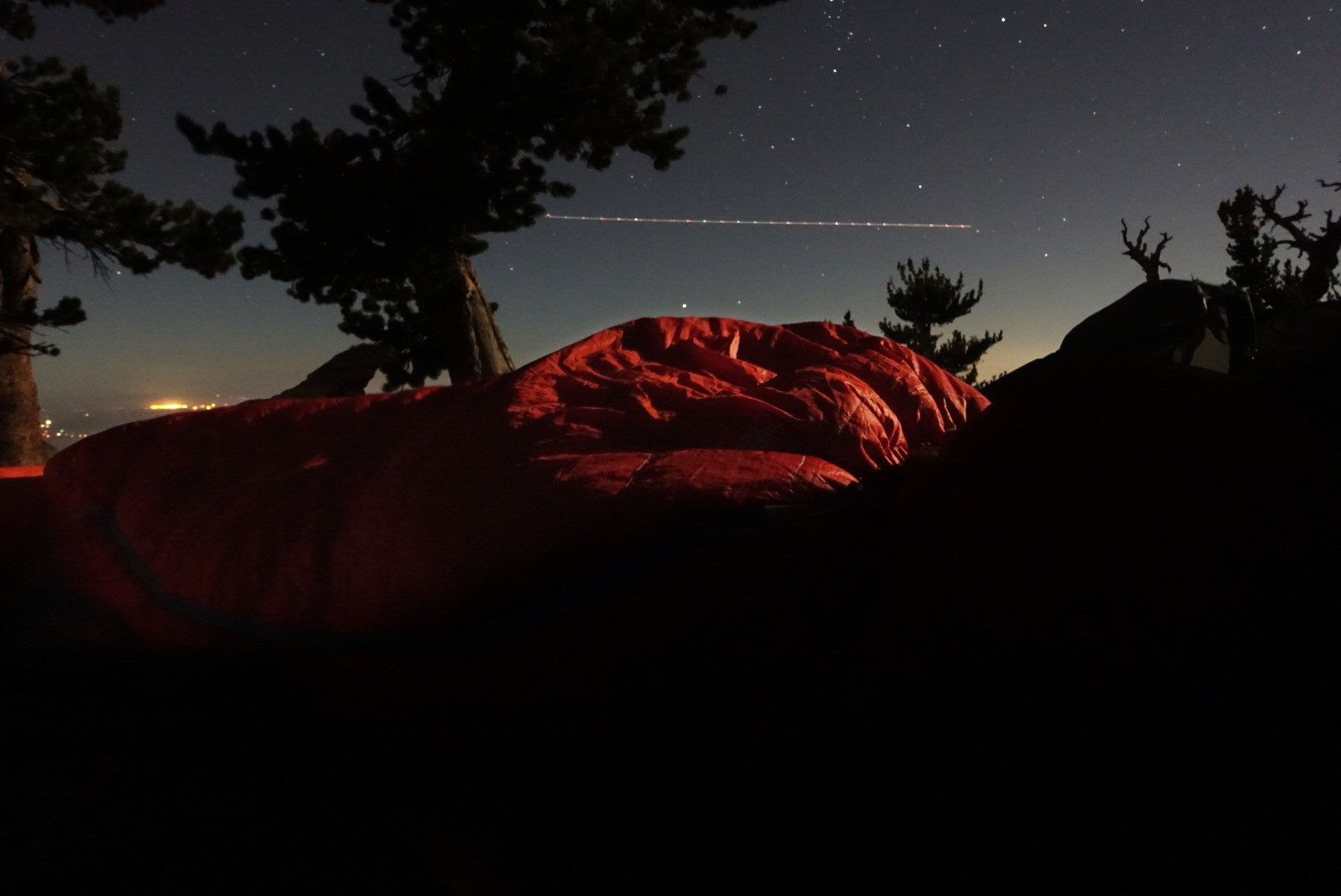
Sometimes, this group text I’m in gets really off the rails. One afternoon, I picked up my phone and scrolled backwards through dozens of texts to attempt to decipher what they were talking about. I’d apparently missed a text earlier in the week about a night hike to the peak of Mount Baden Powell to cowboy camp for the Perseids meteor shower. When I finally caught onto what they were up to, it was only a day before. I had no other plans, and quickly texted back, “Wait! I’m in, too!”
How many of you can say that you’d be ready to hit the trail with 24 hours notice? My erratic schedule means I’ve got to be ready to go in a moment’s notice, and here’s a few things I do to make sure I never miss out—maybe they’ll help you stay ready to go, too.
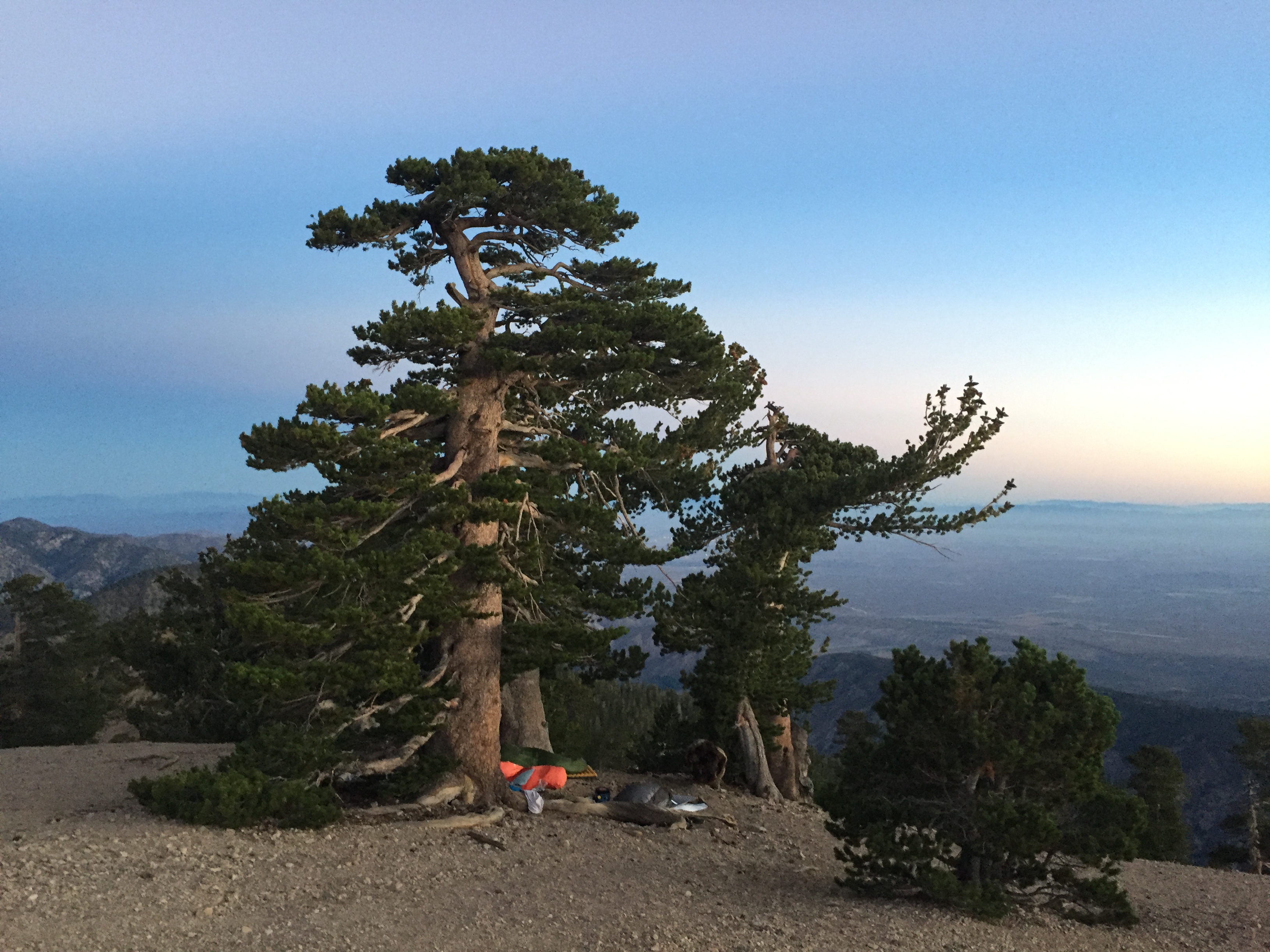
Keep your gear together and organized. That conversation I stumbled into late was mostly the couple guys with 9-to-5 jobs needing to find/get together all their gear. The easiest solution for this is to simply keep your gear as organized and together as possible. I keep a plastic tub full of miscellaneous gear on the floor of my closet, where all my other gear—including sleeping bag, backpack and assorted jackets, et cetera—hangs. When it’s time to pack, almost everything can be taken care of on the floor in front of my closet.
The second part of this is probably the toughest one for me—you need to clean and reset your gear as soon as possible after your return. Air out shelters and bags, perform maintenance on water filters, wash clothes and dishes, install fresh batteries, et cetera. Then return all your gear to its proper place. It’s the last thing you want to do when you get home after an adventure, but while I was reading messages about dirty tents, funky water filters, and missing gloves, I was secure in knowing where all my gear was, and that it was ready to get packed.
Pro Tip: Create a gear packing list. I’ve got mine in a spreadsheet with two pages; gear and food. Gear is broken down by where it specifically goes, so I can pack each section of my backpack and cross it off.
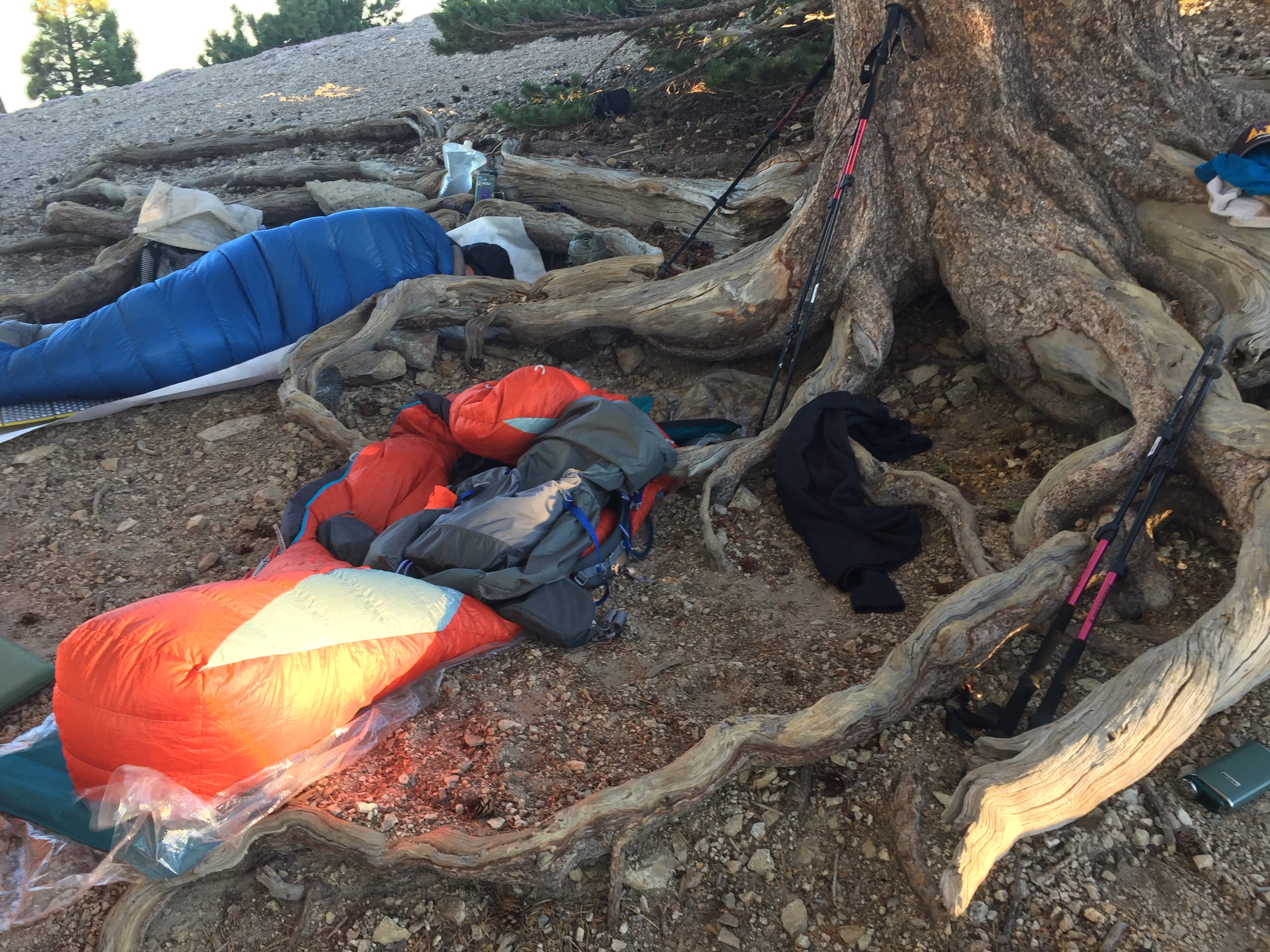
Hone your gear. Chances are, you are taking too much stuff. Even if you don’t want to go gram crazy and lighten your kit, you can still take some lessons from the UL/SUL guys—making your gear modular and double duty allows you to be ready for varying conditions. Thoughtfully assembled kit can take up less room, and cover a wider variety of conditions.
Pro tip: Instead of trying to buy a sleeping pad for cold and warm temps—or saying no to trips when the temps dip—upgrade to that new Thermarest NeoAir, but don’t get rid of your old Ridgerest or Z Lite. You can add warmth when you use the pads together without too much weight penalty.
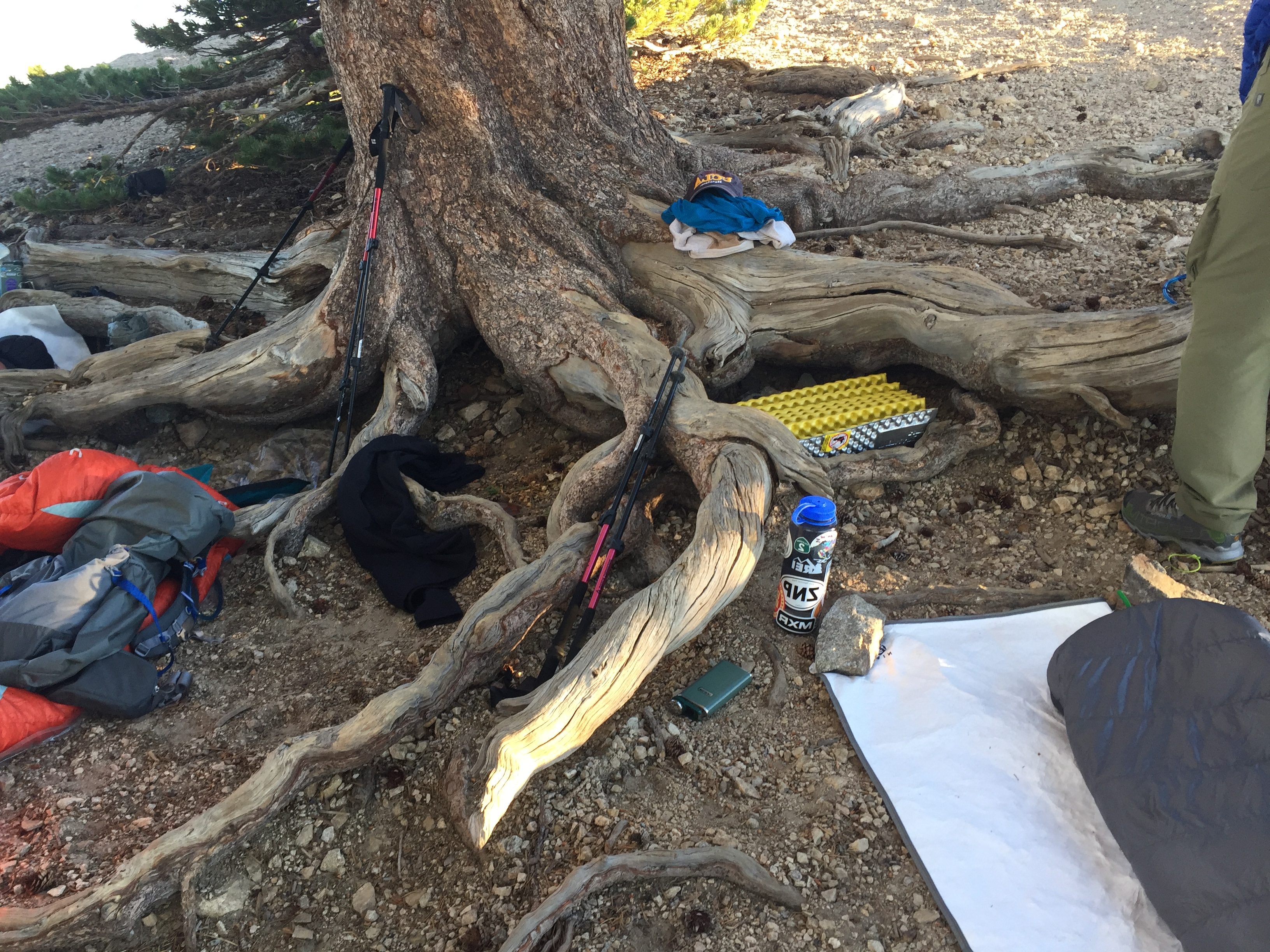
Stockpile consumables. Going to REI, or your local outdoor outfitter, can be a blast, unless it’s on the way to the trail. Don’t be the friend that makes everyone stop because you only plan for the trip you’re going on right now. Always keep extra batteries with your gear. Buy your favorite bars and chews by the box. Purchase a few cans of MSR IsoPro fuel at a time. Stock up on meals—even if you prefer preparing your own food for trips, having some prepackaged meals on hand helps when you are short on time and keeps you from having to unpack your backpack in the parking lot to shove food in the bear can.
Pro Tip: Don’t forget about fees and passes! Instead of worrying about daily fees, get an America the Beautiful – National Parks and Federal Recreational Lands Pass, or an annual pass to your most common destinations—in our case, it is a National Forest Service Adventure Pass, which covers San Bernadino, Angeles, Los Padres, and Cleveland National Forests. In the long run, the annual pass saves you time and money, and you don’t have to search for a place selling a daily pass if you know the ranger stations are closed, and show up late to the trailhead (I’m looking at you, BIll.)
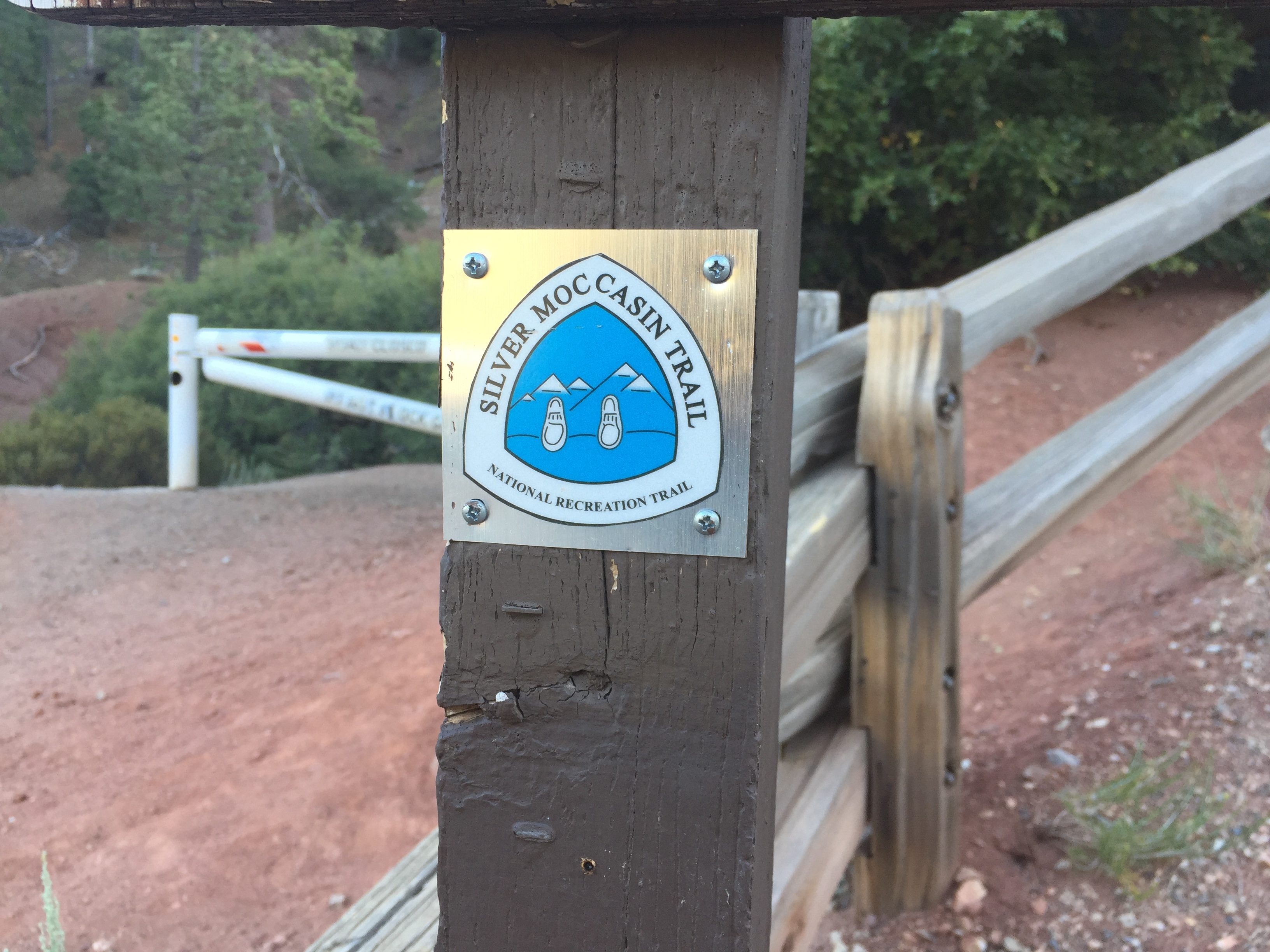 Stay in shape.This one is probably the most difficult one, because it is on-going. How many times has a friend declined an invitation citing their current fitness? Nobody likes being the guy off the back of the group, struggling. I’ve found that even running a couple miles, a couple times a week can make a huge difference in maintaining my own fitness levels, even when I am not watching my diet otherwise. Even when I’m not feeling my most fit, I at least know I can hang—even if I pay for it later.
Stay in shape.This one is probably the most difficult one, because it is on-going. How many times has a friend declined an invitation citing their current fitness? Nobody likes being the guy off the back of the group, struggling. I’ve found that even running a couple miles, a couple times a week can make a huge difference in maintaining my own fitness levels, even when I am not watching my diet otherwise. Even when I’m not feeling my most fit, I at least know I can hang—even if I pay for it later.
Pro Tip: If you are seriously short on time, try searching for an app with short workouts. Many calorie tracking apps—I use MyPlate—include short routines that take less than ten minutes.
As the five of us stood atop the windy 9,399’ peak and watched the moon rise below us, I was glad that I caught up on the text thread and was able to make it—but also sad that one of us was missing. While I was fully prepared thanks to the tips I’ve written here, and a couple of the guys were able to pull it together—and suffer through my sermon on preparedness as we hiked, the inspiration for this story—one friend’s gear was too scattered, and he was too unprepared, to make it on this trip. We may have ribbed him a little (okay, a lot), but there is no shame in skipping an adventure if you aren’t ready for it. Hopefully, he’ll make the next one.
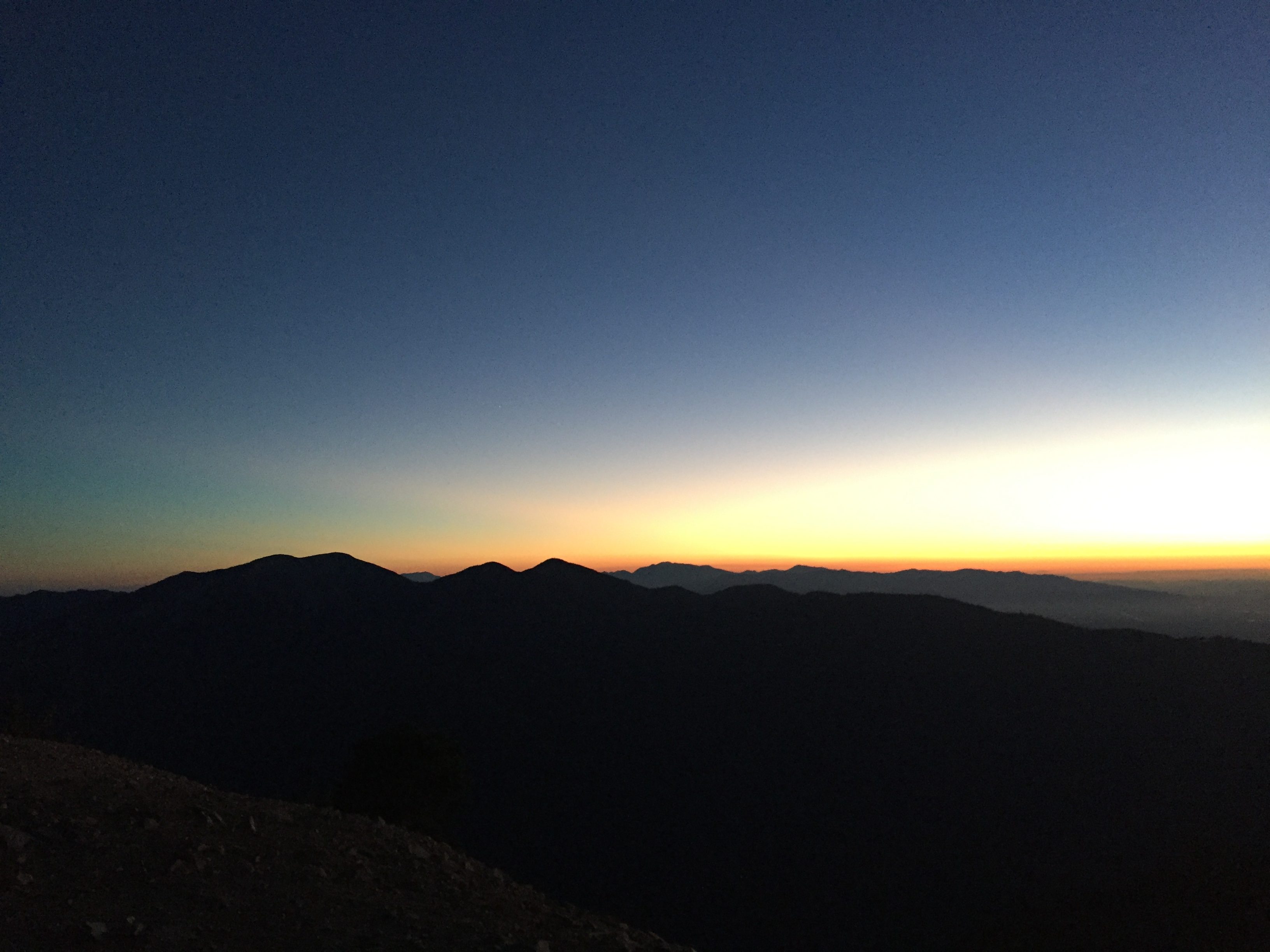





Wow!!
Nice article
Thank you
Best
Leave a comment